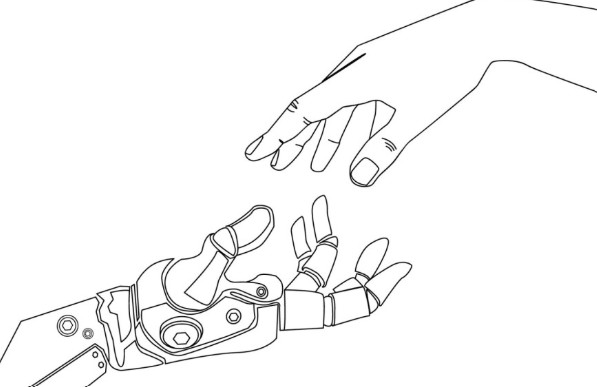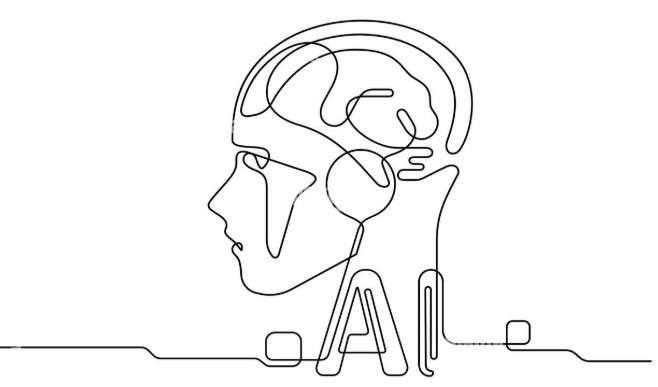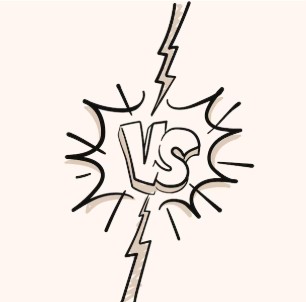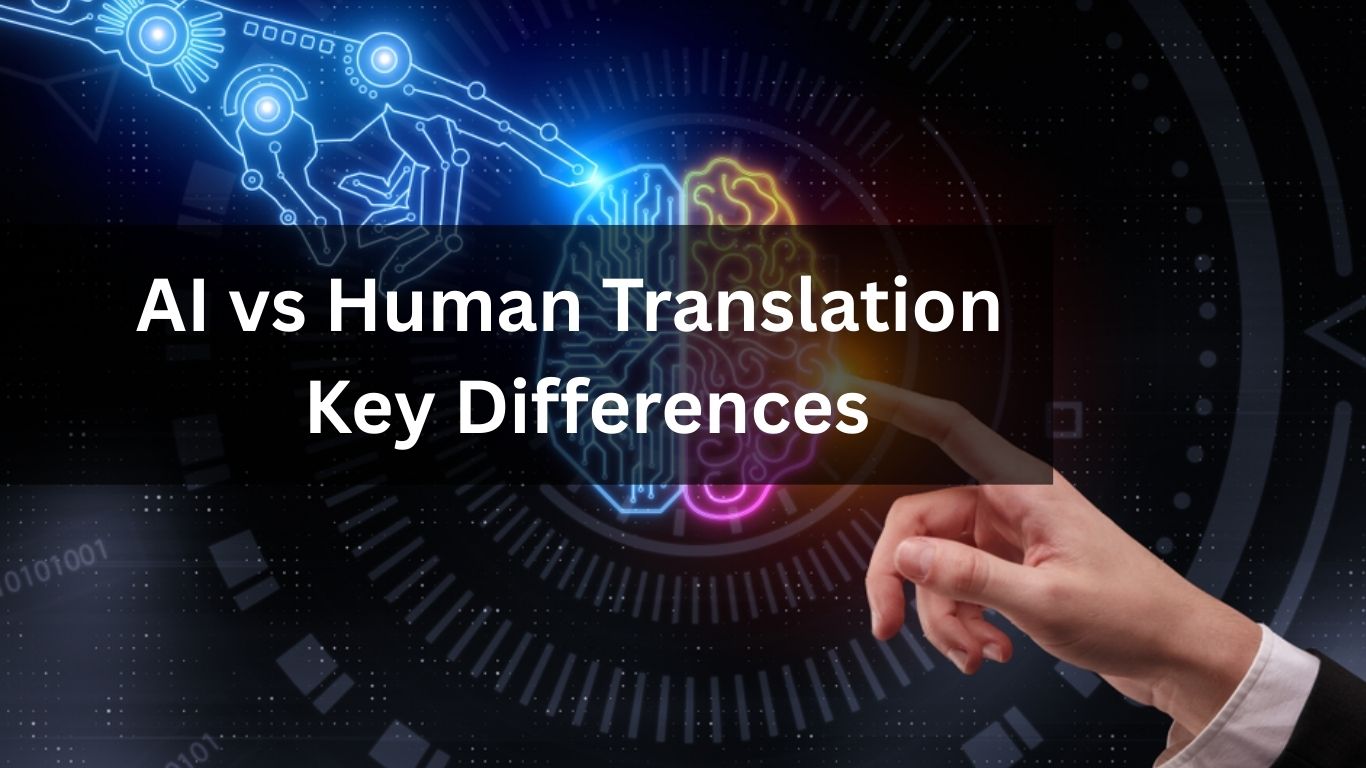AI – Powered Translation vs Human Translation
The demand for fast, efficient, and accurate translation is soaring in our interconnected global marketplace. Businesses are constantly looking for ways to localize their content quickly while maintaining high quality. This growing need has given rise to AI-powered translation tools, but the question remains — can they replace a professional translator?
In this blog, we dive deep into the pros and cons of AI translation and human translation, helping you decide which option fits your goals, budget, and quality expectations.


What is AI Translation?
AI-powered translation uses artificial intelligence and machine learning to translate content from one language to another. Popular tools like Google Translate and DeepL have revolutionized how we handle multilingual communication.
Modern AI translation systems are often powered by Neural Machine Translation (NMT), which mimics human brain processes to produce contextually accurate translations — most of the time.
What is Human Translation?
Human translation is the traditional and time-tested approach where a professional translator interprets and conveys meaning between languages, ensuring cultural nuances, tone, and context are preserved.
Professional translators bring expertise, industry knowledge, and creativity to their work — traits machines still struggle to replicate fully.


AI Translation – Pros
1. Speed and Scalability
One of the biggest advantages of AI-powered translation is speed. Machines can translate thousands of words in seconds, making them ideal for time-sensitive or large-scale projects.
2. Cost-Effective
AI translation tools are often free or subscription-based, offering a budget-friendly solution for businesses needing basic translations without spending on professional services.
3. Real-Time Communication
AI tools support real-time translation for chatbots, live chats, and customer support across multiple languages — especially useful in ecommerce and tech.
4. Continuous Learning
Modern AI translation models improve over time using machine learning, adapting to new phrases, idioms, and technical terms.
AI Translation – Cons
1. Lack of Contextual Understanding
While AI translation has improved, it still lacks human intuition. AI often misinterprets idioms, tone, humor, or cultural references.
2. Quality Issues in Complex Content
Legal, medical, or technical documents require precision. AI translation often falls short in handling such content, making human translation essential.
3. Data Privacy Concerns
Many AI tools store or process data in the cloud, raising concerns about confidentiality, especially for sensitive or proprietary information.
4. Limited Localization
AI struggles to adapt content to cultural norms, preferences, and linguistic subtleties — a task best handled by a professional translator.


Human Translation – Pros
1. Accuracy and Nuance
Human translators excel at understanding tone, style, context, and intent. They ensure that the translated message retains the original meaning and impact.
2. Cultural Sensitivity
A professional translator understands cultural nuances and tailors the message to the target audience, making it more relatable and effective.
3. Industry Expertise
Human translators often specialize in specific domains — legal, medical, technical, etc. — ensuring terminology is accurately translated.
4. Creative Adaptation
In marketing or creative content, tone and emotion matter. A human translator can rewrite copy to resonate better with local audiences.
Human Translation – Cons
1. Time-Consuming
Compared to AI, human translation is slower. Projects may take days or weeks depending on the word count and complexity.
2. Costlier
Hiring a professional translator costs more than using AI tools. Rates vary based on language pairs, industry, and urgency.
3. Limited Scalability
Translating massive volumes of content simultaneously is challenging with human-only teams, especially for global product catalogs or websites.

AI Translation vs Human Translation – Side-by-Side Comparison
| Feature | AI Translation | Human Translation |
|---|---|---|
| Speed | Instant | Slower |
| Cost | Low/Free | Higher |
| Accuracy | Medium | High |
| Contextual Understanding | Low | High |
| Cultural Nuance | Limited | Strong |
| Scalability | Very High | Moderate |
| Privacy Control | Risk of data leaks | Highly secure |
| Creative Adaptation | Poor | Excellent |
When to Use AI Translation ?
-
For internal documents not requiring perfect accuracy.
-
Product descriptions in bulk for ecommerce (with post-editing).
-
Social media posts for instant updates.
-
Real-time chat for multilingual customer support.
-
First drafts that can later be polished by human translators.

When to Use Human Translation ?
-
Legal documents, contracts, patents.
-
Medical content, patient reports, clinical trial documents.
-
Marketing copy, advertisements, and brand messaging.
-
Regulatory content with strict compliance requirements.
-
Any material requiring high-quality, culturally-sensitive adaptation.
The Future – Combining AI with Human Expertise
A growing trend is Machine Translation Post-Editing (MTPE) — using AI for initial drafts and having professional translators refine the content. This hybrid model delivers faster turnaround times without compromising on quality.
At Quadrate, we specialize in this efficient, hybrid translation workflow. Our expert linguists enhance AI-generated content to meet the highest standards of accuracy, compliance, and cultural relevance.

